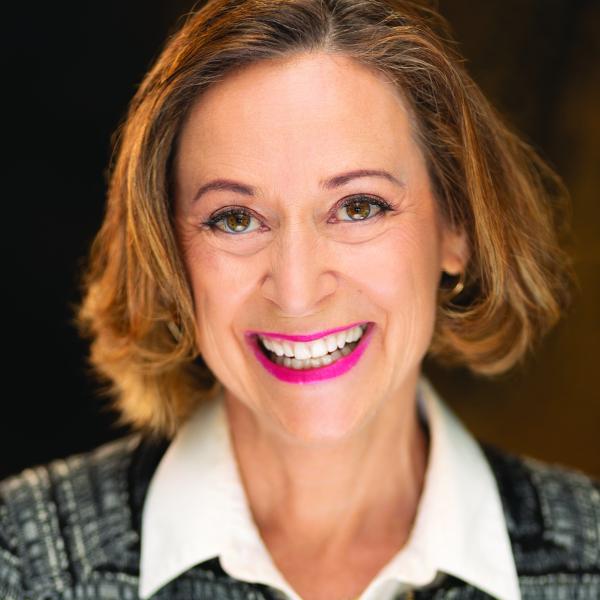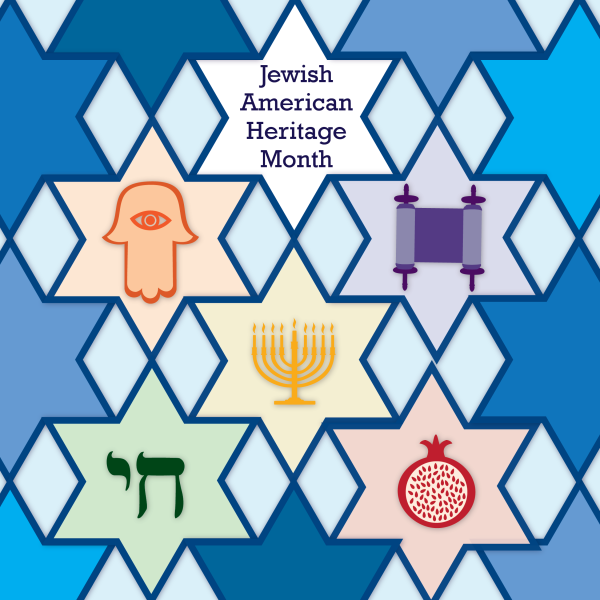After Devastating Wildfires, the Arts Help Tennessee Move Forward

By the time wildfires had finished tearing through Great Smoky Mountains National Park and the surrounding region in late 2016, 17,000 acres had burned, 2,000 buildings had been damaged or destroyed, nearly 200 people had been injured, and 14 people had died. Taken together, the fires were one of the worst natural disasters ever to strike Tennessee.
But Steve Smith, dean of libraries at the University of Tennessee Knoxville, realized the value in documenting the tragedy despite the pain, not only to preserve its memory for future generations but as a way to help the region move forward. Along with partners at the Anna Porter Public Library and the City of Gatlinburg, which was heavily damaged by the fires, Smith and his team are collecting oral histories from people impacted by the fires, ranging from evacuees to those who were injured, from first responders to veterinarians who treated injured animals, from local officials to scientists who have studied the impact of climate change on wildfires. By the time the three-year project concludes, it is anticipated that 300 interviews will be collected, which will then become a part of the university’s special collection on the Great Smoky Mountains.
“[An oral history project] is primarily an act of creating a primary record of a historical event from an individual's point of view,” said Smith, whose team at the university includes Casey Kaufman, Holly Mercer, Ken Wise, Jennifer Beals, and Laura Romans. “But there's no denying when you're talking about something as tragic as a wildfire, it's also therapeutic. Many of the interviewees have commented to us that they were grateful to be able to share their story, grateful that it would be saved for history and future generations, and that they feel like that has been a part of their healing process.”
With support from a recently awarded Our Town grant, the oral history collection will be complemented by the arts, giving the public a different lens through which to process and heal from the fires. Editorial cartoonists Paige Braddock, Charlie Daniel, and Marshall Ramsey—all of whom have ties to the university or the Great Smokies—have been selected to express the oral histories through illustration, which will then become a part of the library’s special collection.
“My background's in special collections, so I've often been fascinated with what people do with primary collections that's out of the ordinary; we're all used to people writing biographies and researching historical articles,” Smith said. “We saw the Our Town Grant and we said, ‘Why don't we apply for a grant that can show an interesting expression of the collection, and also provide another kind of catharsis or therapy for the community?’”
The artists have been given full freedom in terms of what form their artistic response might take; possibilities include graphic novels, graphic nonfiction accounts, and series of illustrations. “We want to let them be creative,” Smith said. “It's an exercise in interpreting the experience from another point of view.”
Eventually, the community will be invited to engage with the artwork by attending lectures and demonstrations with the artists, and will be given the opportunity to create artwork themselves based on their experiences or reactions to the fires. Smith hopes that the artmaking process will prove to be just as therapeutic as the oral histories have been.
“By giving people a different way to experience their memory and express their memory—I think there's value in that,” Smith said. Participants will also be given the option of donating their artwork to the university’s special collection, which “would be another exciting way to document the collection and preserve its history of the event,” said Smith.
With this community-focused project, the university is also dispelling the misconception that a library’s archives are so rooted in the past that they bear little relevance to contemporary life. “When I started my career, special collections were places of peaceful pomp and undisturbed retreat; we wanted to deal with senior scholars,” Smith said. “[Now], we want to teach from our collections, we want community engagement in our collections. It brings more value to what [libraries] do and more meaning, frankly, when you can engage with individuals in their lives.
The project has continued throughout the pandemic, with interviews now taking place over Zoom, and discussions about how to move proposed events like workshops or panels to online platforms. It has also forced Smith’s team to navigate oral histories rooted in trauma in the midst of yet another traumatic experience.
“It's really hard to get a sense to what degree talking about what people thought was the worst thing that was ever going to happen to them is like in the middle of something else which for many of them is now the worst thing happening to them,” Smith said. “Is it like therapy times two? Does it help them work through the current crisis? I honestly don't know.”
Regardless of the pandemic’s effect, “You feel privileged that people will share [their stories] with us and let us record them for history,” Smith continued. “I think knowing that someone else will learn from what they experienced helps them move forward.”




